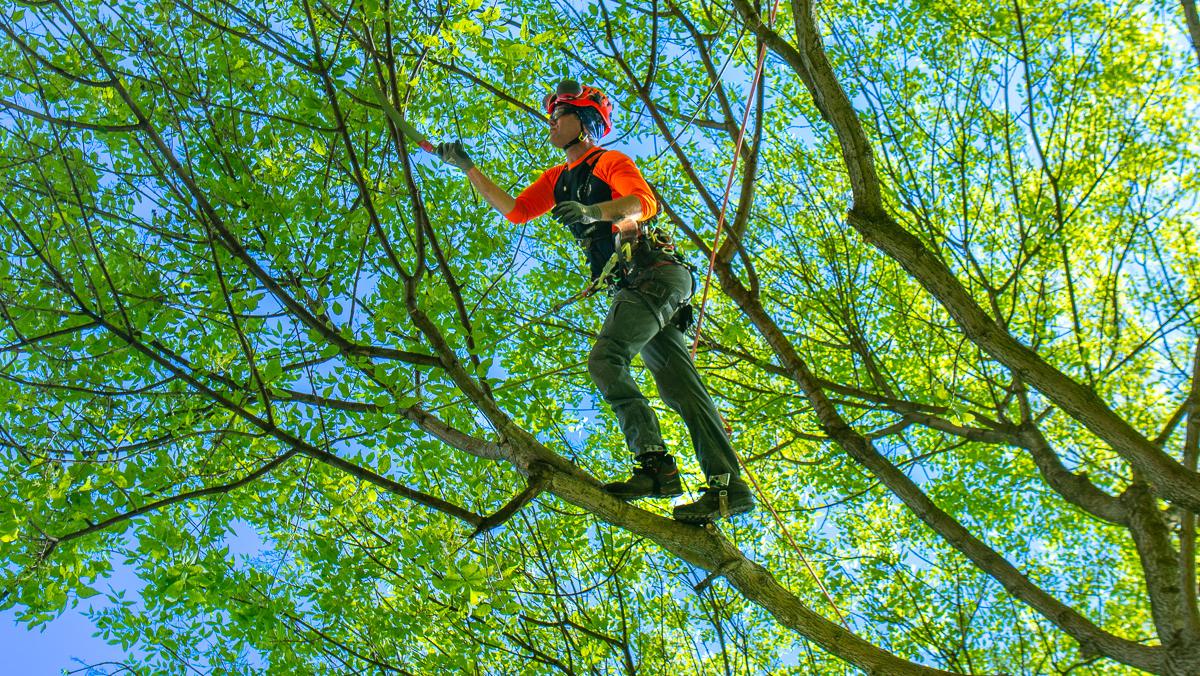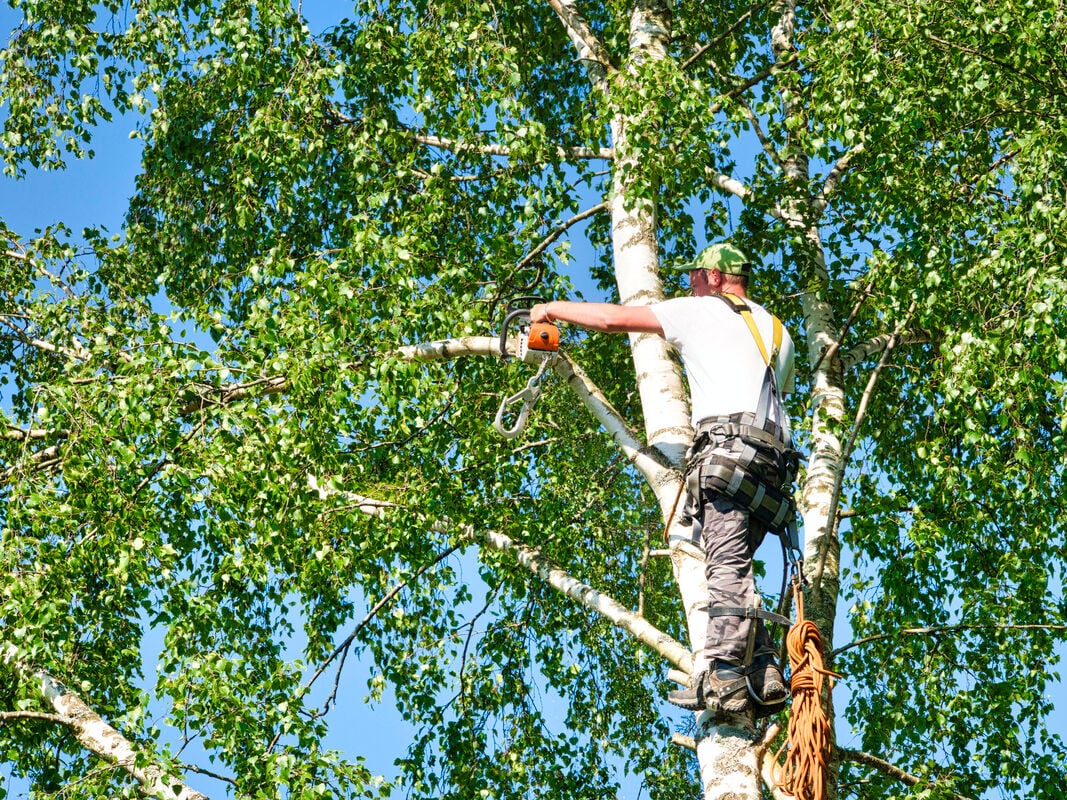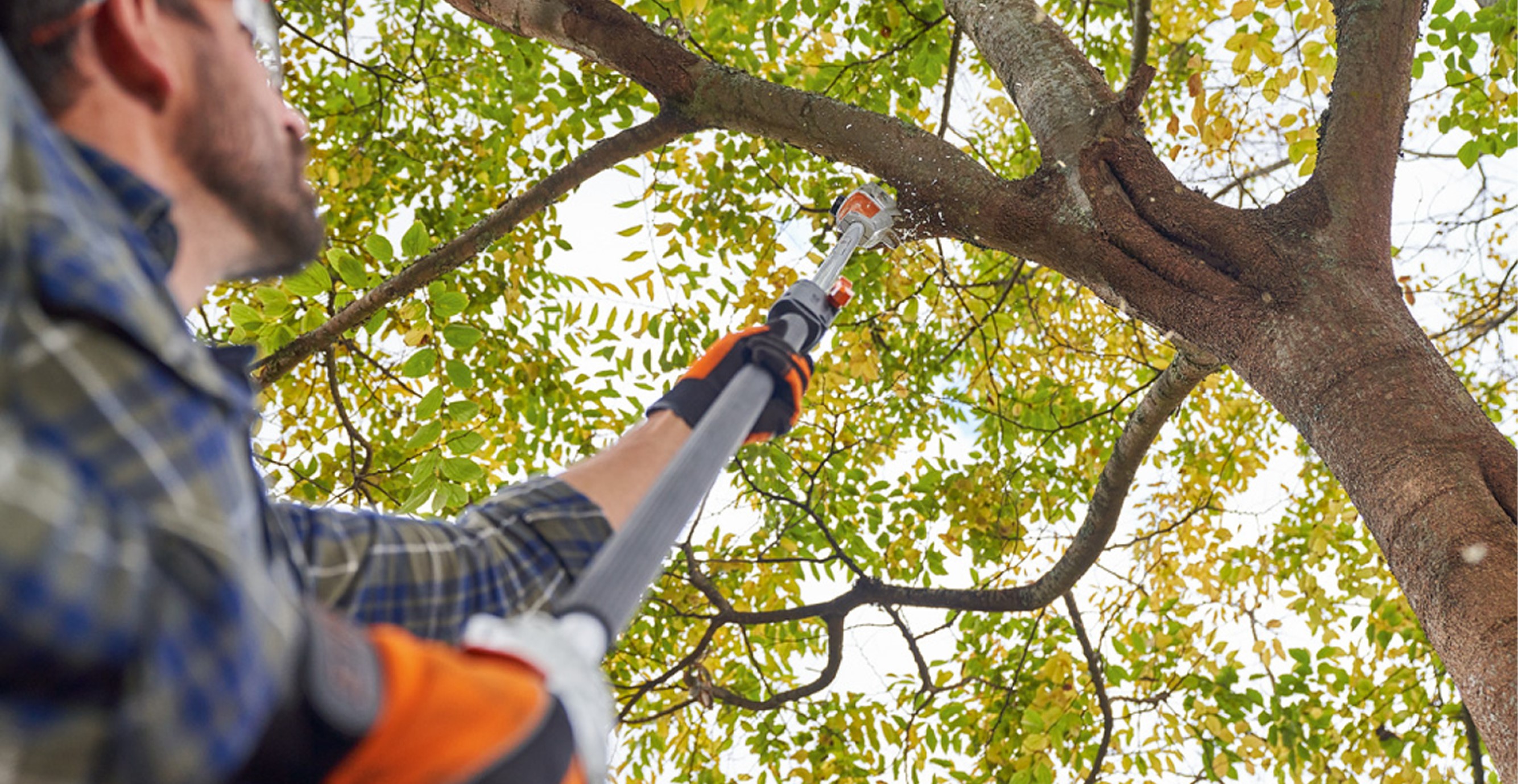The Importance of Tree Pruning in Maintaining Structural Integrity
Why Tree Pruning Is Key to Structural Integrity

Trees are an essential part of the Georgia landscape. Whether they’re towering over residential backyards, lining commercial properties, or anchoring natural green spaces, trees contribute to aesthetics, environmental health, and property value. But as they grow, they also present structural and safety challenges—especially when left unattended.
Tree pruning, when done correctly and regularly, plays a crucial role in maintaining the structural integrity of trees. Beyond cosmetic value, proper pruning supports healthy growth, reduces the risk of storm damage, and ensures trees remain assets instead of liabilities.
At Georgia Pro Tree Services, we specialize in strategic tree care that safeguards both your property and the long-term health of your trees. In this article, we’ll break down why pruning is essential for structural stability, how it prevents damage, and when to call in a professional for an assessment.
What Structural Integrity Means for Trees
Structural integrity in trees refers to the strength and stability of a tree’s framework—its trunk, limbs, and root system. A tree with sound structural integrity can resist environmental pressures such as high winds, heavy rains, and even snow. It stands upright, distributes its weight evenly, and grows in a balanced, sustainable way.
Without intervention, many trees develop structural issues that can go unnoticed until failure occurs. These issues may include weak branch unions, multiple trunks competing for dominance, or overextended limbs that create hazardous weight distribution. Structural weaknesses often begin in a tree’s early stages and worsen over time without professional guidance.
In regions like Georgia, where seasonal storms are common, structurally compromised trees pose a serious risk. Pruning mitigates these risks by correcting growth patterns, eliminating deadwood, and directing energy into strong, sustainable growth.
The Role of Tree Pruning in Preventing Structural Failure
Tree pruning is more than occasional trimming—it’s a proactive tree care technique that shapes growth, strengthens limbs, and eliminates hazards before they become emergencies. Proper pruning promotes structural integrity by:
Guiding Tree Development
For younger trees, early pruning establishes a solid framework. Strategic cuts encourage one dominant central trunk, eliminate weak or competing branches, and support upward, balanced growth. This formative pruning sets the stage for a healthier, safer tree as it matures.
Removing Hazardous Branches
As trees age, they naturally develop dead, diseased, or damaged limbs. These can fall at any time, especially during storms. Pruning removes these branches, protecting people, property, and the tree itself from further injury or disease spread.
Reducing Canopy Density
Overgrown canopies trap wind and place stress on limbs and trunks. By selectively thinning out the canopy, pruning reduces wind resistance and weight, allowing the tree to better withstand weather events. This is especially important for hardwoods and fast-growing species common in Georgia.
Correcting Imbalanced Growth
Uneven branch development can make a tree lean or become top-heavy. Pruning redistributes weight and restores symmetry, reducing the chance of limb failure or trunk splitting.
Signs Your Tree Needs Structural Pruning
Not all tree problems are visible at first glance, but there are clear signs that indicate a tree may require structural pruning:
- Crossing or rubbing branches
- Multiple trunks or codominant stems
- Dead or hanging limbs
- Uneven canopy shape
- Cracks where limbs attach to the trunk
- Rapid limb growth after storm damage
- Branches growing at narrow angles
If any of these are present, it’s best to have your trees evaluated by a certified arborist. Delaying care increases the risk of failure and can shorten a tree’s lifespan.
The Best Time to Prune for Structural Stability
The timing of pruning greatly impacts the effectiveness and safety of the process. In Georgia, late winter to early spring is typically the best time to prune trees. During this dormant season, trees are less susceptible to pest infestations and disease, and pruning wounds heal more efficiently.
That said, hazardous limbs should be removed immediately, regardless of the season. Storm damage, cracked limbs, or visibly leaning trees all require urgent attention to prevent further damage.
Regular inspections and seasonal maintenance ensure your trees are evaluated when conditions are optimal for growth and recovery.
Tree Pruning Techniques That Preserve Structural Integrity
Tree pruning is both a science and an art. It requires a deep understanding of tree biology, growth habits, and structural dynamics. The right pruning method depends on the tree’s age, species, condition, and location. At Georgia Pro Tree Services, we use a range of techniques tailored to the needs of each tree:
Structural Pruning for Young Trees
Early intervention is key to preventing structural issues later. This technique focuses on creating a single central leader, removing poorly attached limbs, and establishing well-spaced branches.
Subordination Cuts
Used to limit the growth of a codominant stem or an overzealous limb, subordination pruning encourages the tree to strengthen its central trunk while still preserving canopy health.
Deadwood Removal
Removing dead or decaying limbs not only prevents breakage but also improves airflow and light penetration through the canopy.
Canopy Thinning
This method selectively removes smaller interior branches to reduce wind resistance and minimize the weight carried by major limbs.
Canopy Reduction
For trees growing near structures or under utility lines, canopy reduction reduces the tree’s height or spread without compromising its form or health.
Every pruning cut should have a clear purpose. Improper or excessive pruning—especially topping—can weaken the tree and lead to decay, disease, and decline. That’s why it’s essential to work with professionals who understand how each cut affects the tree's long-term health.
Tree Species in Georgia That Benefit from Structural Pruning
Different trees have unique growth habits and structural concerns. Some of the most common trees in Georgia that benefit from regular pruning include:
- Bradford Pear: These trees are notorious for developing weak branch structures that split easily. Pruning is essential for safety and longevity.
- Live Oak: Their broad canopies become heavy over time. Thinning and lifting the canopy can prevent large limb failure.
- Maple Trees: Fast growth leads to dense canopies and co-dominant stems. Regular structural pruning keeps them balanced and strong.
- Pine Trees: Pruning reduces limb load and improves wind resistance, especially important during storm season.
- Sweetgum: These trees tend to grow densely, requiring occasional thinning to promote healthy structure and airflow.
Identifying tree species and understanding their specific needs ensures that pruning is done at the right time, with the right method.
The Cost of Ignoring Structural Tree Problems
Failing to prune trees regularly can have significant consequences, many of which are far more costly than preventive maintenance. These risks include:
- Property damage from falling limbs or uprooted trees
- Injuries caused by hazardous branches or sudden limb failure
- Increased liability for homeowners or property managers
- Spread of disease and pests to healthy trees
- Full removal of trees that could have been saved with timely pruning
The cost of structural pruning is minimal compared to the expense of emergency removals, insurance claims, or damage repairs after a storm. Routine maintenance also preserves the value of mature trees, which are often irreplaceable.
Why Homeowners and Property Managers Trust Georgia Pro Tree Services
Tree pruning should never be a DIY project. It requires trained eyes, the right tools, and a deep understanding of tree biology. Georgia Pro Tree Services provides expert structural pruning that’s both safe and effective.
Our team of certified arborists brings years of experience caring for Georgia’s trees. We conduct full site evaluations, identify structural concerns, and create custom pruning plans that align with your landscape goals and safety needs. Whether you're managing a single backyard tree or overseeing an entire commercial property, we deliver professional, dependable tree care with lasting results.
We prioritize safety, sustainability, and customer education. Our team is fully insured, follows ANSI A300 tree pruning standards, and uses industry-leading tools and techniques to ensure your trees are in the best possible condition.
Strengthen Your Trees Before It’s Too Late
Tree pruning isn’t just about keeping your yard tidy. It’s about investing in the strength, safety, and longevity of your trees. Whether you’re protecting your home, your family, or your business property, structural pruning offers peace of mind and long-term savings.
Georgia’s weather can be unpredictable. Don’t wait for the next storm to discover your trees are vulnerable. Let the experts at Georgia Pro Tree Services help you identify risks, correct structural issues, and support healthy growth for years to come.
Schedule a tree pruning service today and ensure your trees stand strong against whatever nature throws their way.
Your trees—and your property—deserve it.

We're your local tree pros!
Georgia Pro Tree Services takes the highest quality of care when servicing your trees. Call us to find out how we can help you keep your yard in top shape.



